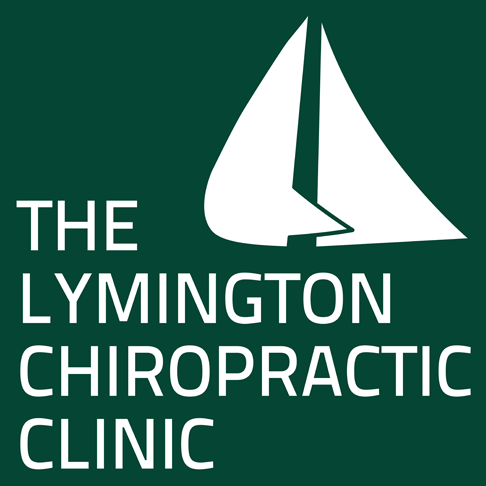
Plantar Fasciitis is pain on the bottom of your foot. It is more common than you think.
You will find it is painful first thing in the morning when you put weight on your foot. It should ease a bit after that if it is not too serious, but it can become a chronic condition which needs careful management. Important structural tissues become inflamed and start to cause issues.
There can be many reasons for Plantar Fascia, and it’s not always clear as to why it happens. In that respect it is very similar to frozen shoulder.
You are more likely to get Plantar Fasciitis if you:
- are 40 to 60 years of age
- exercise with a tight calf or heel, or overstretch the sole of your foot during exercise
- recently started exercising on hard surfaces
- recently started doing a lot more walking, running or standing.
The main symptom of Plantar Fasciitis is pain on the bottom of your foot, around your heel and arch.

It’s more likely to be Plantar Fasciitis if:
- the pain is much worse when you start walking after sleeping or resting
- the pain feels better during exercise, but returns after resting
- it’s difficult to raise your toes off the floor.
There are a few things that you can do to help yourself:
- put an ice pack (or bag of frozen peas) in a towel on the painful area for up to 20 minutes every 2 to 3 hours
- wear shoes with cushioned heels and good arch support
- try regular gentle stretching exercises
- try to lose weight, if you’re overweight
- avoid walking or standing for long periods
- avoid wearing high heels or tight pointy shoes
- avoid wearing flip-flops or backless slippers.
If the pain does not resolve itself within a few weeks, and you find that it is beginning to affect your everyday activities, then it would be appropriate to seek some professional help.

Here at the Clinic, we have an experienced podiatrist, and as Chiropractors, we can look at how the foot and lower limb function so we can help to reduce the pain that you are experiencing.
Often we will provide advice and exercises to help speed up recovery, and our podiatrist can provide helpful information on insoles and good foot hygiene for this condition.
Highlighted here are a couple of areas we will also look at in the foot – the intrinsic muscles under the sole of the foot or the connective tissue holding the top of the foot – all of which can influence the treatment outcome. The plantar aponeurosis and surrounding muscles and ligaments are then managed through care. This is where stretching and professional help can make a difference.
Remember, if pain and discomfort are preventing you from enjoying life, you can Book Online or call 01590 679560 for appointments with chiropractors Colin, Charlotte or Fiona, or massage therapist Hannah. For acupuncture appointments, call Amanda directly on 07876 343 821. And for podiatry appointments, call Paul directly on 07857137732.
(Credit: NHSD/Rich Kelly/Turbosquid)




